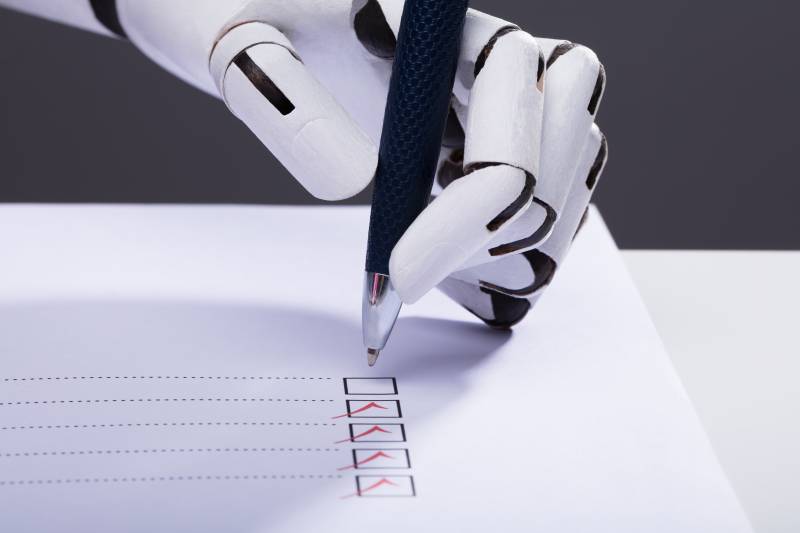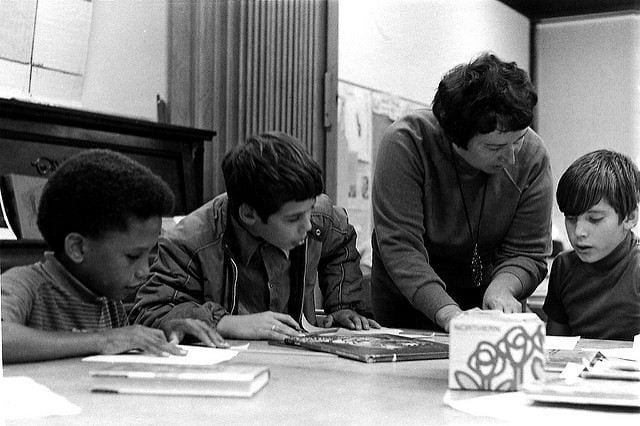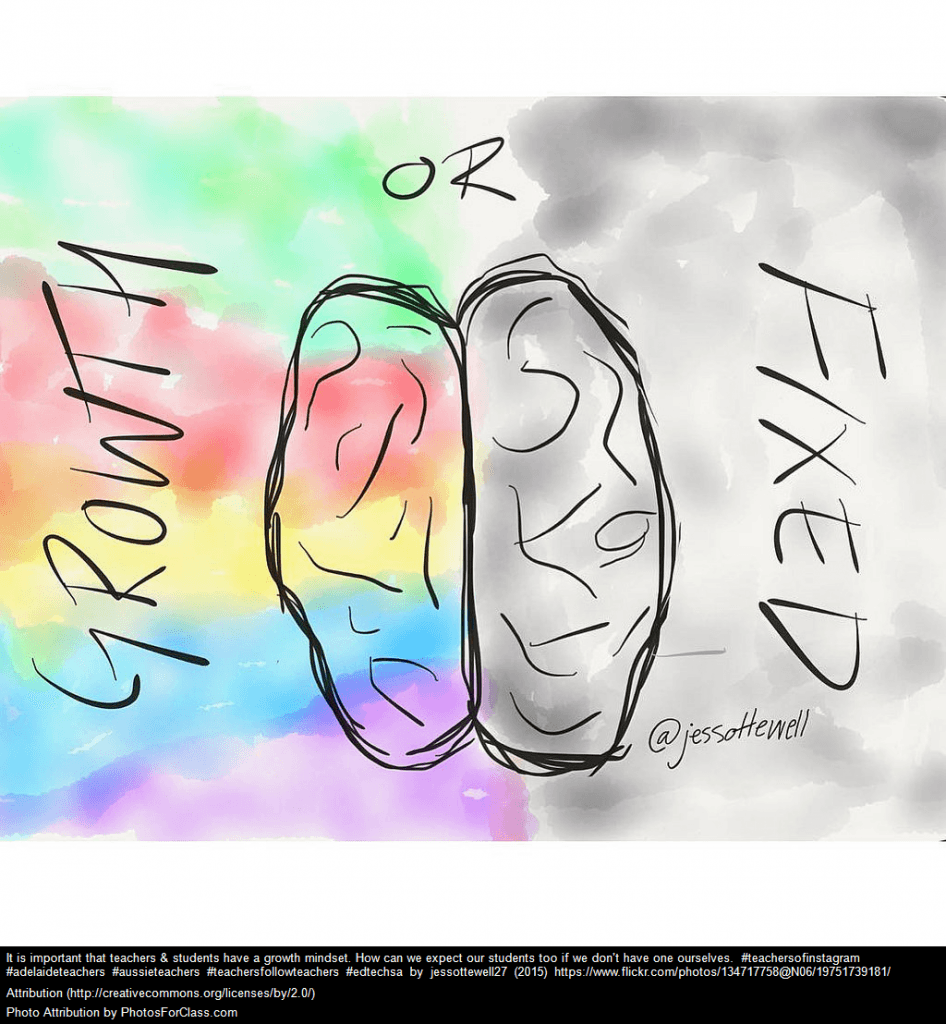Grading papers is hard work. “I hate it,” a teacher friend confessed to me. And that’s a major reason why middle and high school teachers don’t assign more writing to their students. Even an efficient high school English teacher who can read and evaluate an essay in 20 minutes would spend 3,000 minutes, or 50 hours, grading if she’s teaching six classes of 25 students each. There aren’t enough hours in the day.
Could ChatGPT relieve teachers of some of the burden of grading papers? Early research is finding that the new artificial intelligence of large language models, also known as generative AI, is approaching the accuracy of a human in scoring essays and is likely to become even better soon. But we still don’t know whether offloading essay grading to ChatGPT will ultimately improve or harm student writing.
Tamara Tate, a researcher at University California, Irvine, and an associate director of her university’s Digital Learning Lab, is studying how teachers might use ChatGPT to improve writing instruction. Most recently, Tate and her seven-member research team, which includes writing expert Steve Graham at Arizona State University, compared how ChatGPT stacked up against humans in scoring 1,800 history and English essays written by middle and high school students.
Tate said ChatGPT was “roughly speaking, probably as good as an average busy teacher” and “certainly as good as an overburdened below-average teacher.” But, she said, ChatGPT isn’t yet accurate enough to be used on a high-stakes test or on an essay that would affect a final grade in a class.
Tate presented her study on ChatGPT essay scoring at the 2024 annual meeting of the American Educational Research Association in Philadelphia in April. (The paper is under peer review for publication and is still undergoing revision.)
Most remarkably, the researchers obtained these fairly decent essay scores from ChatGPT without training it first with sample essays. That means it is possible for any teacher to use it to grade any essay instantly with minimal expense and effort. “Teachers might have more bandwidth to assign more writing,” said Tate. “You have to be careful how you say that because you never want to take teachers out of the loop.”
Writing instruction could ultimately suffer, Tate warned, if teachers delegate too much grading to ChatGPT. Seeing students’ incremental progress and common mistakes remain important for deciding what to teach next, she said. For example, seeing loads of run-on sentences in your students’ papers might prompt a lesson on how to break them up. But if you don’t see them, you might not think to teach it.
In the study, Tate and her research team calculated that ChatGPT’s essay scores were in “fair” to “moderate” agreement with those of well-trained human evaluators. In one batch of 943 essays, ChatGPT was within a point of the human grader 89% of the time. On a six-point grading scale that researchers used in the study, ChatGPT often gave an essay a 2 when an expert human evaluator thought it was really a 1. But this level of agreement – within one point – dropped to 83% of the time in another batch of 344 English papers and slid even farther to 76% of the time in a third batch of 493 history essays. That means there were more instances where ChatGPT gave an essay a 4, for example, when a teacher marked it a 6. And that’s why Tate says these ChatGPT grades should only be used for low-stakes purposes in a classroom, such as a preliminary grade on a first draft.
ChatGPT scored an essay within one point of a human grader 89% of the time in one batch of essays
Corpus 3 refers to one batch of 943 essays, which represents more than half of the 1,800 essays that were scored in this study. Numbers highlighted in green show exact score matches between ChatGPT and a human. Yellow highlights scores in which ChatGPT was within one point of the human score. (Source: Tamara Tate, University of California, Irvine (2024))
Still, this level of accuracy was impressive because even teachers disagree on how to score an essay and one-point discrepancies are common. Exact agreement, which only happens half the time between human raters, was worse for AI, which matched the human score exactly only about 40% of the time. Humans were far more likely to give a top grade of a 6 or a bottom grade of a 1. ChatGPT tended to cluster grades more in the middle, between 2 and 5.
Tate set up ChatGPT for a tough challenge, competing against teachers and experts with PhDs who had received three hours of training in how to properly evaluate essays. “Teachers generally receive very little training in secondary school writing and they’re not going to be this accurate,” said Tate. “This is a gold-standard human evaluator we have here.”
The raters had been paid to score these 1,800 essays as part of three earlier studies on student writing. Researchers fed these same student essays – ungraded – into ChatGPT and asked ChatGPT to score them cold. ChatGPT hadn’t been given any graded examples to calibrate its scores. All the researchers did was copy and paste an excerpt of the same scoring guidelines that the humans used, called a grading rubric, into ChatGPT and told it to “pretend” it was a teacher and score the essays on a scale of 1 to 6.
Older robo graders
Earlier versions of automated essay graders have had higher rates of accuracy. But they were expensive and time-consuming to create because scientists had to train the computer with hundreds of human-graded essays for each essay question. That’s economically feasible only in limited situations, such as for a standardized test, where thousands of students answer the same essay question.
Earlier robo graders could also be gamed, once a student understood the features that the computer system was grading for. In some cases, nonsense essays received high marks if fancy vocabulary words were sprinkled in them. ChatGPT isn’t grading for particular hallmarks, but is analyzing patterns in massive datasets of language. Tate says she hasn’t yet seen ChatGPT give a high score to a nonsense essay.
Tate expects ChatGPT’s grading accuracy to improve rapidly as new versions are released. Already, the research team has detected that the newer 4.0 version, which requires a paid subscription, is scoring more accurately than the free 3.5 version. Tate suspects that small tweaks to the grading instructions, or prompts, given to ChatGPT could improve existing versions. She is interested in testing whether ChatGPT’s scoring could become more reliable if a teacher trained it with just a few, perhaps five, sample essays that she has already graded. “Your average teacher might be willing to do that,” said Tate.
Many ed tech startups, and even well-known vendors of educational materials, are now marketing new AI essay robo graders to schools. Many of them are powered under the hood by ChatGPT or another large language model and I learned from this study that accuracy rates can be reported in ways that can make the new AI graders seem more accurate than they are. Tate’s team calculated that, on a population level, there was no difference between human and AI scores. ChatGPT can already reliably tell you the average essay score in a school or, say, in the state of California.
Questions for AI vendors
At this point, it is not as accurate in scoring an individual student. And a teacher wants to know exactly how each student is doing. Tate advises teachers and school leaders who are considering using an AI essay grader to ask specific questions about accuracy rates on the student level: What is the rate of exact agreement between the AI grader and a human rater on each essay? How often are they within one-point of each other?
The next step in Tate’s research is to study whether student writing improves after having an essay graded by ChatGPT. She’d like teachers to try using ChatGPT to score a first draft and then see if it encourages revisions, which are critical for improving writing. Tate thinks teachers could make it “almost like a game: how do I get my score up?”
Of course, it’s unclear if grades alone, without concrete feedback or suggestions for improvement, will motivate students to make revisions. Students may be discouraged by a low score from ChatGPT and give up. Many students might ignore a machine grade and only want to deal with a human they know. Still, Tate says some students are too scared to show their writing to a teacher until it’s in decent shape, and seeing their score improve on ChatGPT might be just the kind of positive feedback they need.
“We know that a lot of students aren’t doing any revision,” said Tate. “If we can get them to look at their paper again, that is already a win.”
That does give me hope, but I’m also worried that kids will just ask ChatGPT to write the whole essay for them in the first place.
This story about AI essay scoring was written by Jill Barshay and produced by The Hechinger Report, a nonprofit, independent news organization focused on inequality and innovation in education. Sign up for Proof Points and other Hechinger newsletters.
Early research suggests that generative AI is approaching the accuracy of a human in scoring essays and is likely to become even better soon. MindShift








